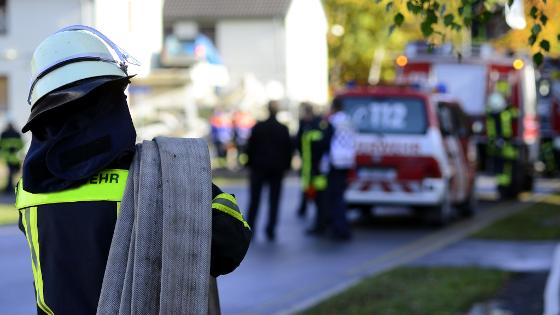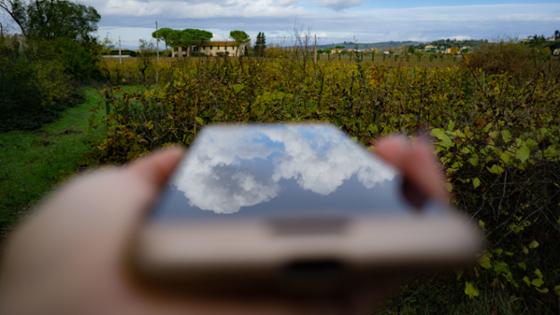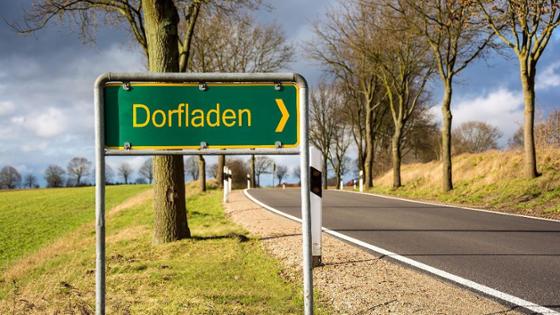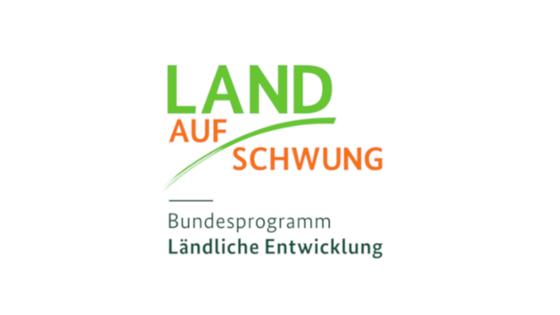Mobility in rural areas
Mobility services are a key cornerstone of the attractiveness of cities and municipalities.
They ensure accessibility of workplaces, local public services, medical treatment, and educational and cultural activities.The reality in rural areas is that many people have to overcome long distances to reach the closest bus stop or train station and spend a long time on buses and trains, with sometimes only one school bus running between their village and the neighbouring one. Consequently, they depend heavily on their cars.
This situation makes it difficult for people who do not own a car, especially young people or the elderly, to reach places, such as the company where they are undergoing vocational training, doctor’s offices or shops, and to engage in recreational activities. Smart mobility solutions such as on-call buses, shared taxis, car sharing and digitally organised carpooling can help remedy these issues. In future, the expansion of the bicycle infrastructure and e-mobility will also provide opportunities for sustainable mobility in rural areas.
LandMobil – Getting around in rural areas
Life in rural areas offers a number of advantages: living close to nature, in a strong community and with a high quality of life. That being said, many regions also face enormous challenges that impact the daily lives of their inhabitants. A major challenge is often the availability of mobility services for all. This is where the Federal Ministry of Food and Agriculture’s (BMEL) “LandMobil – Getting around in rural areas” initiative comes in.
Over the course of three years, the roughly 40 LandMobil pilot projects developed different approaches for making mobility in rural areas fit for the future. The ambition was to sustainably improve the mobility situation and hence contribute to maintaining and increasing the quality of life in rural areas.
The municipalities, associations and businesses involved in the LandMobil projects looked at their local needs to devise tailored solutions that were implemented by local people with great commitment. The pilot projects reflect the myriad of possibilities for improving the mobility of people in rural areas.
This includes, for instance, complementing local public transport by offering flexible on-demand transport options, providing information and consultation services for existing mobility solutions and establishing digital information platforms to strengthen intermodal travel.
LandStation – Interconnected mobility in rural areas
Connecting, pooling and presenting mobility services – in a place where people come together. The Federal Ministry of Food and Agriculture (BMEL) is using the “LandStation – Interconnected mobility in rural areas” measure to support seven exemplary, innovative approaches for bringing together mobility stations and multi-functional buildings.
The mobility services available have a great impact on access to work, education, care and supplies as well as participation in cultural and social life. Mobility stations pool local public transport, sharing services and bicycle infrastructure to provide good interconnected mobility. They can shorten distances people need to go to change from one means of transport to another, make the available services more visible and enable people to get around without using their own car. Multi-functional buildings offer joint spaces for different uses in one building. They create spaces for flexible and diverse services and therefore strengthen the community in villages.
Combining mobility stations and multi-functional buildings can allow for social spaces to develop in rural areas. They can also enable people to have improved access to different transport operators and make running their everyday errands more efficient, while at the same time increasing the attractiveness of the location.
During the conceptual phase, which lasts up to twelve months, the selected projects in the rural municipalities receive up to 75,000 euros in support for drafting innovative approaches. The seven projects that are being funded have been up and running since 1 September 2024.
Afterwards, the projects will have the opportunity to apply for further funding of up to 36 months under an initial project implementation phase. For this phase, the districts may, based on the concept they have developed, expand the group of beneficiaries to include other stakeholders.







